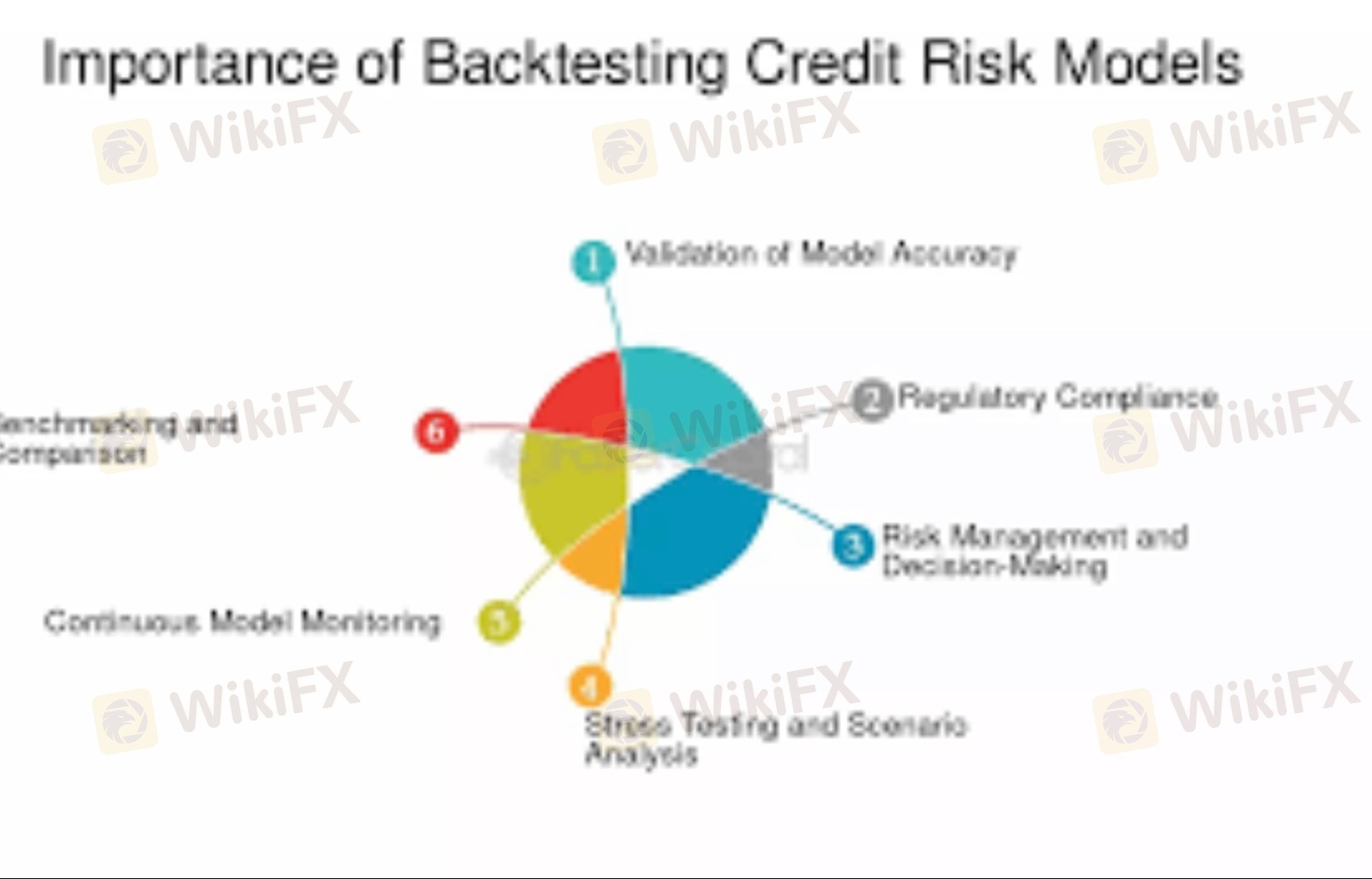
2025-02-17 21:38
IndustriHow to backtest your strategy for risk assessment
#forexrisktrip
Backtesting a strategy for risk assessment involves testing a trading or investment strategy using historical data to evaluate its performance and potential risks. Here’s a step-by-step guide:
1. Define Your Strategy: Clearly outline the rules of your strategy, including entry and exit signals, position sizing, and risk management rules.
2. Collect Historical Data: Gather relevant historical price data, including open, high, low, close, and volume. Ensure the data is accurate and covers different market conditions.
3. Choose a Backtesting Tool: Select a platform or software for backtesting, such as Python (with libraries like Backtrader or PyAlgoTrade), MetaTrader, or trading platforms like TradingView.
4. Implement the Strategy: Code your strategy into the backtesting platform. Make sure the implementation exactly follows the rules you defined.
5. Run the Backtest: Simulate the strategy using historical data, recording each trade, position size, and profit/loss.
6. Analyze Performance Metrics: Evaluate key performance indicators (KPIs) such as:
• Return on Investment (ROI)
• Sharpe Ratio (risk-adjusted return)
• Maximum Drawdown (largest peak-to-trough decline)
• Win Rate (percentage of winning trades)
• Average Win/Loss Ratio
7. Risk Assessment: Focus on metrics related to risk:
• Volatility: Measure the standard deviation of returns.
• Drawdowns: Assess frequency and severity.
• Value at Risk (VaR): Estimate potential loss under adverse conditions.
8. Validate Results: Ensure the results are statistically significant and not due to overfitting. Consider running out-of-sample tests or walk-forward analysis.
9. Optimize and Refine: Adjust strategy parameters to improve performance while avoiding overfitting. Re-test after making changes.
10. Stress Testing: Test the strategy under extreme market scenarios to see how it performs in high volatility or low liquidity conditions.
Would you like guidance on using a specific platform or coding a backtest in Python?
Suka 0
saad940
交易者
Diskusi populer
Industri
СЕКРЕТ ЖЕНСКОГО ФОРЕКСА
Industri
УКРАИНА СОБИРАЕТСЯ СТАТЬ ЛИДЕРОМ НА РЫНКЕ NFT
Industri
Alasan Investasi Bodong Tumbuh Subur di Indonesia
Industri
Forex Eropa EURUSD 29 Maret: Berusaha Naik dari Terendah 4 Bulan
Analisis pasar
Bursa Asia Kebakaran, Eh... IHSG Ikut-ikutan
Analisis pasar
Kinerja BUMN Karya Disinggung Dahlan Iskan, Sahamnya Pada Rontok
Klasifikasi pasar

Platform

Pameran

Agen

Perekrutan

EA

Industri

Pasar

Indeks
How to backtest your strategy for risk assessment
 India | 2025-02-17 21:38
India | 2025-02-17 21:38
#forexrisktrip
Backtesting a strategy for risk assessment involves testing a trading or investment strategy using historical data to evaluate its performance and potential risks. Here’s a step-by-step guide:
1. Define Your Strategy: Clearly outline the rules of your strategy, including entry and exit signals, position sizing, and risk management rules.
2. Collect Historical Data: Gather relevant historical price data, including open, high, low, close, and volume. Ensure the data is accurate and covers different market conditions.
3. Choose a Backtesting Tool: Select a platform or software for backtesting, such as Python (with libraries like Backtrader or PyAlgoTrade), MetaTrader, or trading platforms like TradingView.
4. Implement the Strategy: Code your strategy into the backtesting platform. Make sure the implementation exactly follows the rules you defined.
5. Run the Backtest: Simulate the strategy using historical data, recording each trade, position size, and profit/loss.
6. Analyze Performance Metrics: Evaluate key performance indicators (KPIs) such as:
• Return on Investment (ROI)
• Sharpe Ratio (risk-adjusted return)
• Maximum Drawdown (largest peak-to-trough decline)
• Win Rate (percentage of winning trades)
• Average Win/Loss Ratio
7. Risk Assessment: Focus on metrics related to risk:
• Volatility: Measure the standard deviation of returns.
• Drawdowns: Assess frequency and severity.
• Value at Risk (VaR): Estimate potential loss under adverse conditions.
8. Validate Results: Ensure the results are statistically significant and not due to overfitting. Consider running out-of-sample tests or walk-forward analysis.
9. Optimize and Refine: Adjust strategy parameters to improve performance while avoiding overfitting. Re-test after making changes.
10. Stress Testing: Test the strategy under extreme market scenarios to see how it performs in high volatility or low liquidity conditions.
Would you like guidance on using a specific platform or coding a backtest in Python?
Suka 0
Saya juga ingin komentar
Tanyakan pertanyaan
0Komentar

Belum ada yang berkomentar, segera jadi yang pertama

Tanyakan pertanyaan
Belum ada yang berkomentar, segera jadi yang pertama